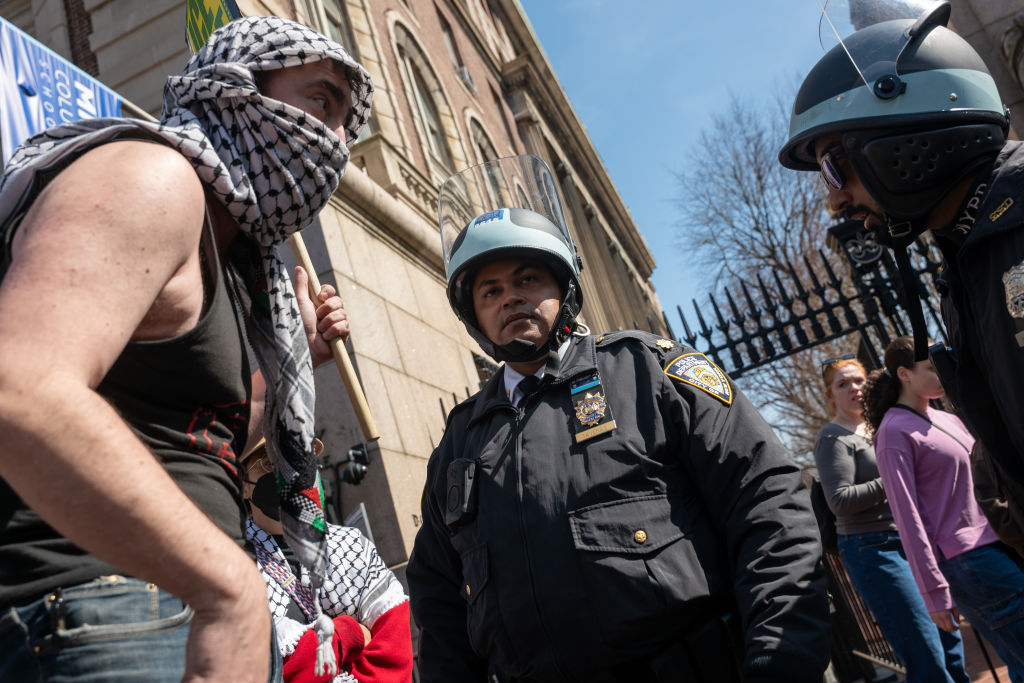“The academy did not fight McCarthyism. It contributed to it.” That was historian Ellen Schrecker’s devastating conclusion in her classic study No Ivory Tower: McCarthyism and the Universities, which came out in 1986. Columbia University, while not the worst in Schrecker’s account, was certainly not the best. Today, as the New York Times has revealed, it’s probably the worst.
At the height of the Second Red Scare, just as the House Un-American Activities Committee was beginning its first of many hearings on the threat of communism in higher education, a group of thirty-seven university presidents from the nation’s most prestigious and elite institutions, including Columbia, gathered to make a statement of principles on academic freedom and the Cold War. The year was 1953.
The statement the presidents issued was a disaster. Though claiming to defend academic freedom, their manifesto included sentences such as these: “Free enterprise is as essential to intellectual as to economic progress.”
More important, the thirty-seven presidents insisted that university members were obligated to cooperate with congressional and other kinds of government investigations. If members of the university did not cooperate, they could expect to be fired:
Invocation of the Fifth Amendment places upon a professor a heavy burden of proof of his fitness to hold a teaching a position and lays upon his university an obligation to reexamine his qualifications for membership in its society.
What did that statement mean?
First, university presidents were not simply declaring that members of the Communist Party were not fit to teach (a claim they had made in another section of their manifesto). They were also claiming that anyone taking a principled stand of refusing to cooperate with a government inquisition was also not fit to teach.
Second, refusing to give testimony to a government body was traditionally thought to be a constitutional right,…
Auteur: Corey Robin

